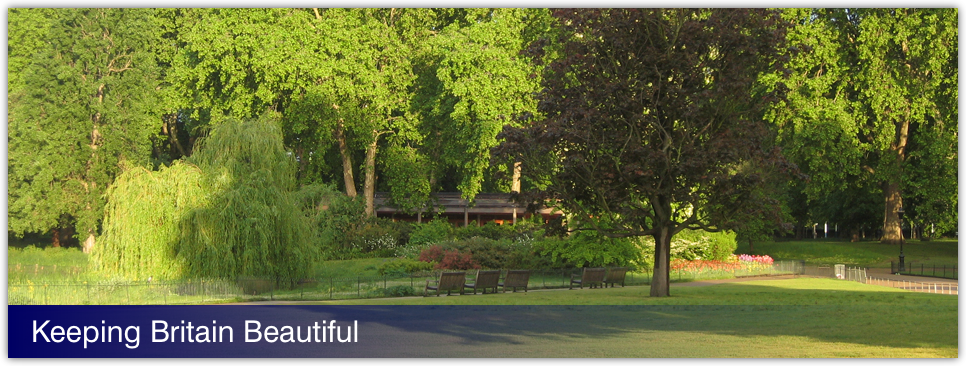Cities have limited green patches, which leads to a continued degradation of air quality and local ecosystems. Plants take in carbon and give out oxygen, doing a very simple but critical air-cleaning favor. Thus, urban gardeners who bring more green spaces into the city center would be helping to reduce pollution and create cooler areas amid the heat of concrete buildings.
Even small houseplant collections can make a difference in mental well-being. Being around green things is known to reduce stress, improve mood, and enhance concentration. For many city people, having a quiet little green corner is something that really does improve their daily quality of life.
Urban gardening promotes community interaction and awareness about sustainability. When people come together around gardening projects, it builds a sense of belonging and shared responsibility. It encourages more eco-friendly habits like composting, waste reduction, and eating locally grown produce. Building these habits in city environments contributes to a larger shift toward caring for our planet.
Choosing the Right Space for Your Urban Garden
Many urban dwellers succeed in gardening on their balconies, patios, or small terraces. These areas are likely to receive differing amounts of light during the day. It’s important to document how light changes in your space. Sun-loving plants like tomatoes and peppers require a minimum of six hours of direct sunlight each day to thrive. Leafy greens and herbs generally do well with some shade.
Roof gardens can turn unused areas into very beautiful places for flowers, vegetables, and even small trees. But before launching a garden atop your roof, check on building restrictions and weight capacities for safety’s sake.
No outdoor access? No problems! Indoor gardening with pots, window boxes, or vertical wall planters can be quite miraculous. With just a sunny window, herbs like basil, mint, and cilantro can flourish indoors, making it easy to have fresh, performance-enhancing ingredients present right in your own home.
Selecting Plants Suitable for Urban Environments
Herbs make an excellent choice for beginners since they are easy to care for and practical. Varieties like basil, oregano, parsley, and chives grow well in compact pots. These plants don’t need much space and thrive with limited sunlight, making them perfect for beginners.
Vegetables like lettuce, radishes, cherry tomatoes, and peppers also do well in containers. They grow quickly, so you get to enjoy your harvest sooner.
Adding flowers like marigolds, petunias, or pansies not only beautifies your garden but can help attract pollinators like bees and butterflies. This supports local ecosystems, which sometimes struggle in built-up areas.
Succulents and cacti are excellent for very low-maintenance setups, particularly if you travel often or haven’t got much time to water daily. Their leaves hold moisture, allowing them to withstand periods of drought with ease.
 Preparing Soil and Containers
Preparing Soil and Containers
In urban settings, traditional garden soil might not be readily available, and often the ground is contaminated or compacted. So, using quality potting mix tailored for container gardens is wise.
Choose containers with proper drainage holes. Standing water can cause roots to rot. You can pick from plastic pots, ceramic planters, wooden boxes, or even repurposed items like buckets or crates. Just be sure they are stable and safe for plants.
When filling your pots, combine potting soil with organic compost to boost nutrients and water retention. Compost is excellent for naturally boosting soil quality and supporting strong root development. You can buy compost or make your own from kitchen scraps and garden waste.
Once your containers are ready, lay down a layer of small stones or broken pottery at the bottom to improve drainage. This is especially important in recycled containers or those that don’t have many drainage holes.
Over time, regular feeding with liquid fertilizer or organic alternatives like seaweed extract will ensure your plants keep growing strong. Remember, containers’ limited soil dries out faster, so frequent watering is critical.
Watering Strategies for City Gardens
The secret lies in maintaining balance and closely monitoring what your plants require. A simple way to check if your garden needs water is by sticking your finger about an inch into the soil.
Using self-watering containers or drip irrigation systems can save time and water. Such systems provide water straight to the roots, minimizing waste and limiting evaporation.
Rainwater harvesting is another excellent method to provide your urban garden with natural water. Setting up barrels or buckets to collect rain can greatly reduce reliance on tap water and is environmentally friendly.
Mulching your plants’ soil surface with small wood chips or straw helps retain moisture and keeps the soil cooler, reducing watering frequency.
Making Your Urban Garden Sustainable
Composting kitchen scraps like vegetable peels, coffee grounds, and eggshells transforms waste into black gold for your garden soil. Even if you live in an apartment, small worm composters or bokashi bins work well for producing nutrient-rich compost indoors.
Avoid chemical pesticides and fertilizers whenever possible. Instead, use natural pest deterrents like neem oil, insecticidal soap, or planting companion species that repel harmful bugs.
Encouraging pollinators is part of a sustainable approach. Adding flowering plants or setting up small insect hotels supports bees, butterflies, and other beneficial insects crucial for plant health.
Recycle water and use organic materials to build garden structures such as trellises or plant supports. Old wood, reclaimed metal, or bamboo poles can add character while keeping your garden eco-friendly.
Starting Small and Growing Your Urban Garden Over Time
If you’re just beginning with gardening, it’s best to start modestly. Choose a couple of pots for herbs on your windowsill or a single container with some lettuce leaves. These easy starters will build your confidence and skills.
As you get more comfortable, experiment with different plants, soil mixes, and watering routines. Learn from both successes and failures, adjusting your methods along the way.
Once you gain momentum, you might expand onto your balcony with more containers, set up a vertical garden on a wall, or join a community garden plot for bigger projects.
Keep a journal or take photos to track progress and discover what works best in your specific urban environment.
No matter how small your garden begins, the impact is meaningful for the environment, your health, and city life.



